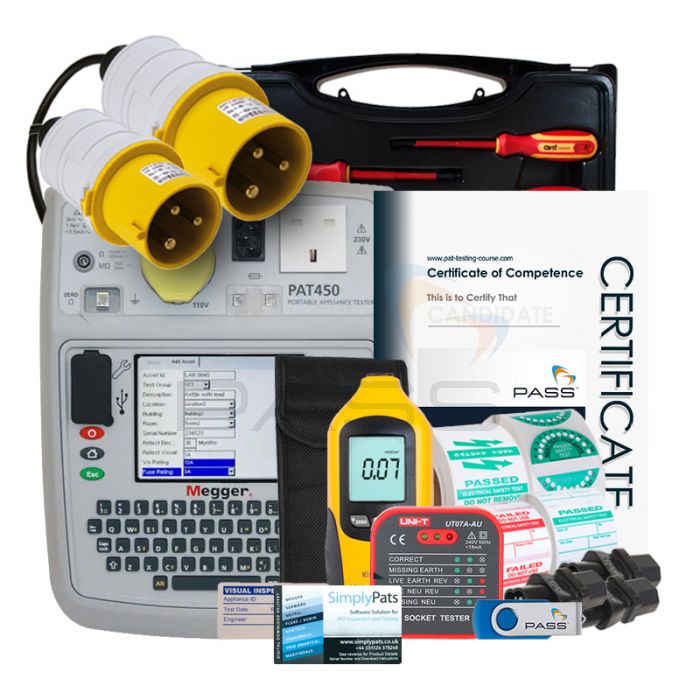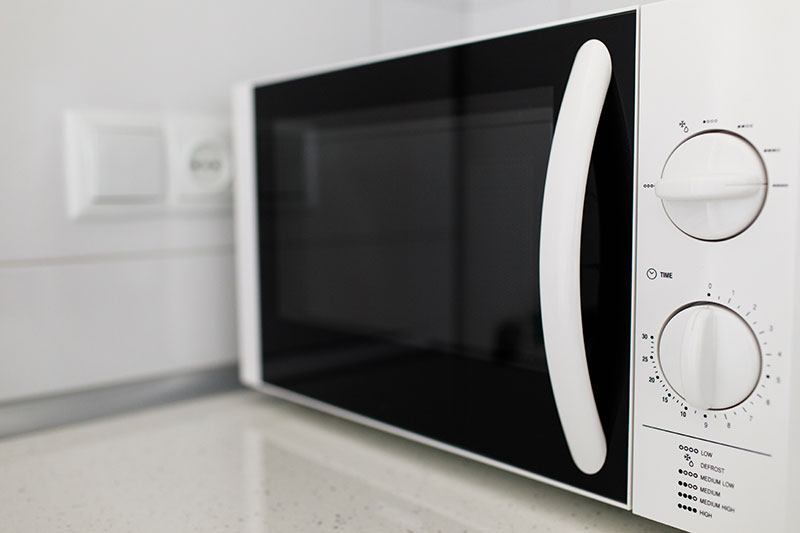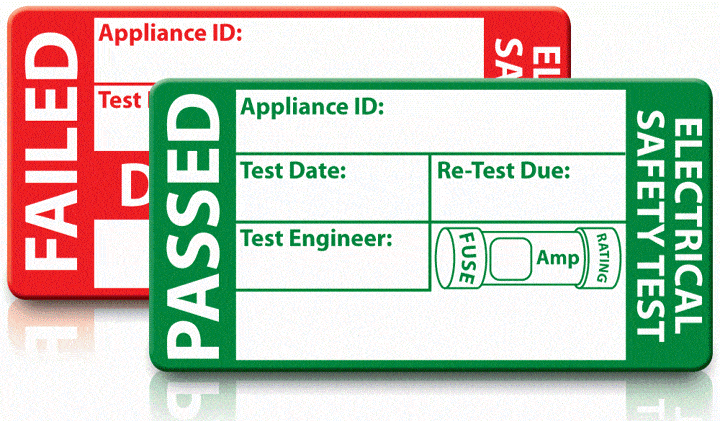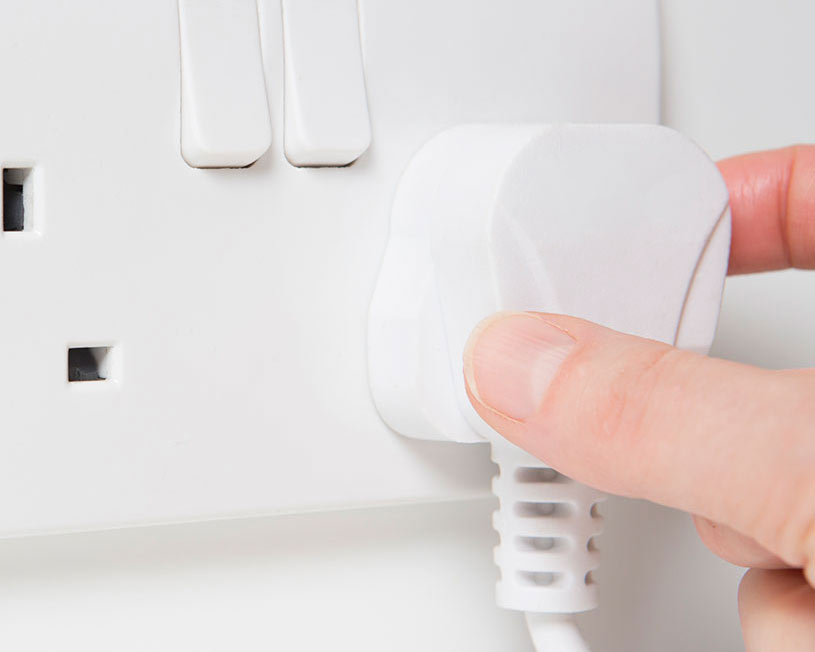What is PAT Testing?
PAT testing which stands for Portable Appliance Testing is the process of checking electrical equipment and appliances to ensure they are safe to use. A full test should include both a visual inspection and a more in-depth check using specialist PAT testing equipment. At the end of a test, every appliance should be marked ‘passed’ or ‘failed’. Ideally there should be a record of the results.

What are some examples of items needing tested?
Many electronic items in a commercial or industrial environment need to be PAT tested on a regular basis. This includes any item that plugs into mains power, as well as any portable electrical appliances. common examples of items that need to be PAT tested include:
- Computers and computer equipment
- Fridges and freezers
- Heating and air conditioning units
- Ovens and microwaves
- Electrical tools and machinery
- Electrical extension cords
The class of an appliance helps determine whether it needs to be PAT tested and to what degree. Class 1 appliances need a full PAT test, Class 2 appliances need a PAT insulation test, and Class 3 appliances don’t need to be PAT tested at all.
Class 1 appliances
This type of electrical equipment has only basic insulation and relies on an earth for protection.
Class 2 appliances
This type of electrical equipment has extra insulation and so doesn’t rely on an earth for protection, which makes it safer.
Class 3 appliances
Class 3 appliances are low voltage items and are the safest class of electrical appliance. Their charging leads may need to be PAT tested.
Why is PAT Testing Important?
PAT testing ( now know as Electrical Equipment Testing ) is important because it helps to ensure that electrical equipment and appliances are safe to use. This can help to prevent accidents such as fires and electric shocks, which could seriously injure or even kill people. It can also help to prolong the life of electrical equipment, by making sure that it is being used safely and correctly.

When Should PAT Testing be Carried Out?
Electrical equipment should be carried out on a regular basis, as electrical equipment and appliances can become unsafe over time. It is also important to carry out PAT testing after any repairs or modifications have been made to electrical equipment or appliances.
How is PAT Testing Carried Out?
PAT testing is relatively straightforward and can be carried out by a qualified electrician. First, the electrician will carry out an initial inspection of the electrical equipment or appliance. They will then test the equipment or appliance using a PAT tester. This will help to identify any potential safety issues. Once the electrician has finished testing the equipment or appliance, they will provide you with a PAT testing certificate.
What Does The Certificate Include?
A PAT testing certificate includes a variety of different pieces of information, such as the name and address of the business, the date that the PAT testing was carried out, the type of equipment or appliance that was tested, and the results of the tests.

What Are the Benefits of PAT Testing?
Testing provides a number of benefits, including:
- ensuring electrical equipment and appliances are safe to use
- helping to prevent accidents and injuries
- protecting against damage to property
- reducing the risk of fires
- ensuring compliance with health and safety regulations.
Is PAT Testing A Legal Requirement in Scotland?
In short, the answer is no. There is no specific legal requirement in Scotland that stipulates that PAT testing must be carried out on electrical equipment. However, there are a number of health and safety regulations that make it clear that employers have a responsibility to ensure that all electrical equipment in the workplace is safe to use. This means that, in practice, PAT testing is often seen as a necessary part of maintaining a safe and compliant workplace.
How Much Does PAT Testing Cost?
Costs can vary depending on the size and type of business, as well as the number of electrical appliances and pieces of equipment that need to be tested. However, as a general guide, most businesses can expect to pay between £250 and £500 for a PAT testing service.
Does My Business qualify for PAT Testing?
PAT testing is generally carried out on any kind of business that uses electrical equipment or appliances.
This includes, but is not limited to PAT Testing for:
- Offices
- Hotels, guest houses
- Schools
- Public buildings
- Construction sites
- Restaurants
- Landlords
- Shops
- Other public accommodations including leasing
- University accommodation
- Tourist centres
- Industrial premises
- Nursery schools
- Fitness centres
- Letting agents
How do I get a quote for PAT Testing?
If you would like to get a quote for PAT Testing, you can contact a qualified electrician in your area. They will be able to carry out an initial inspection of your premises and provide you with a tailored quote. Consider how many items you have that need to be tested and whether you would like them to be done on-site or off-site. Some electricians will offer a discount if you book in advance or have multiple items that need to be tested.


